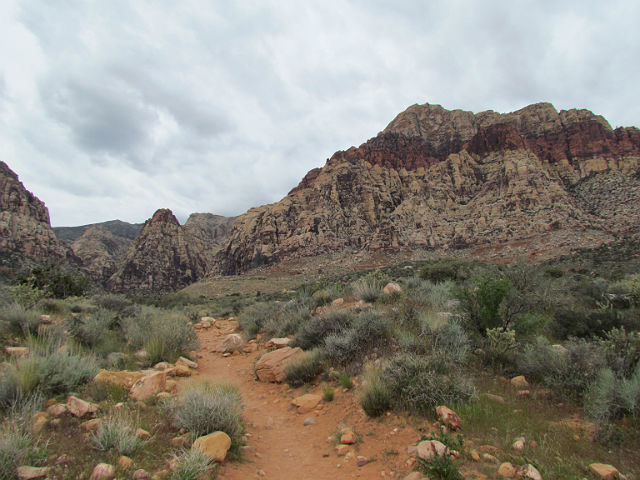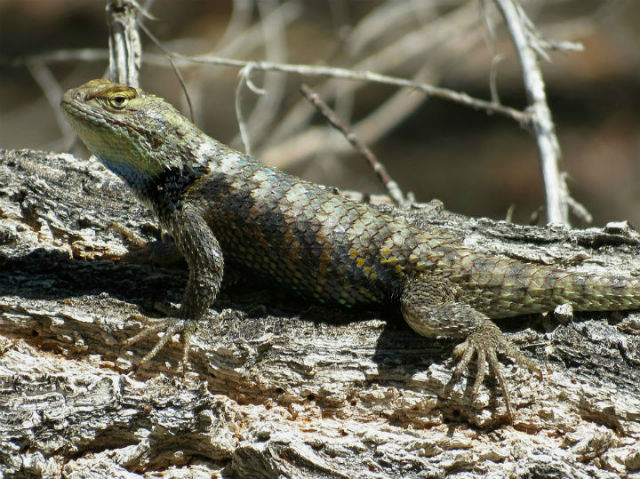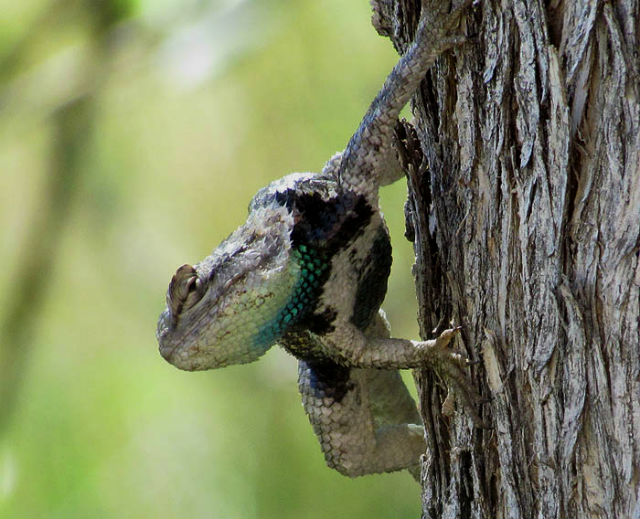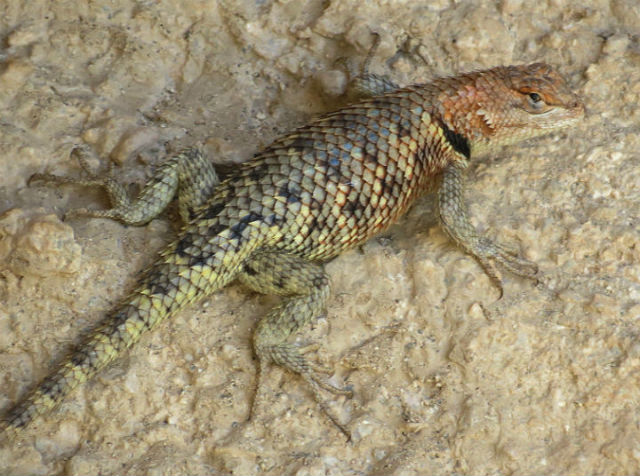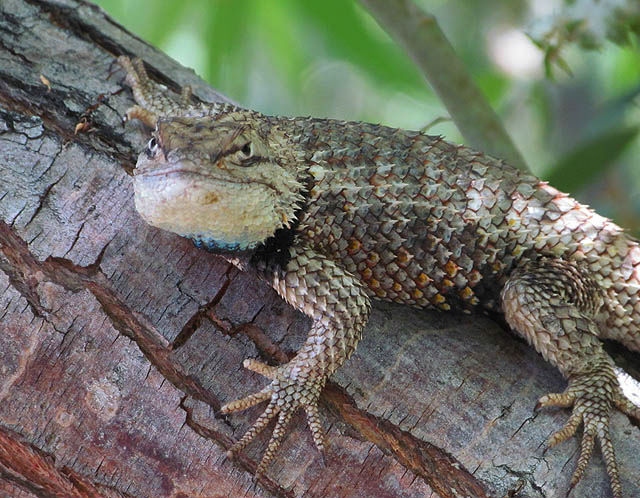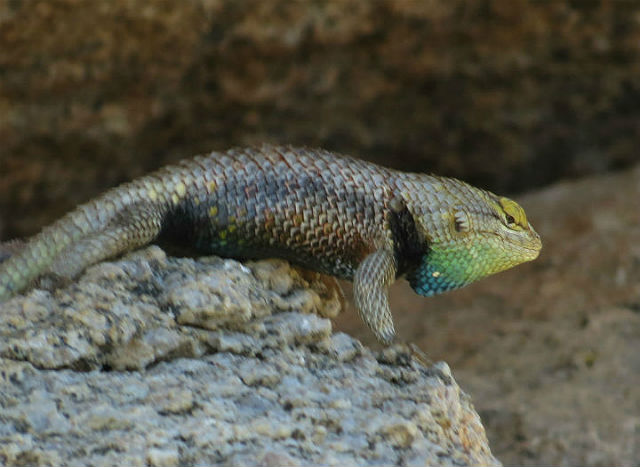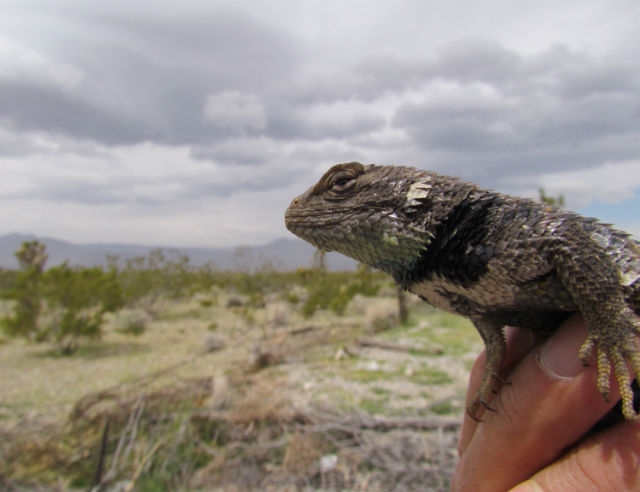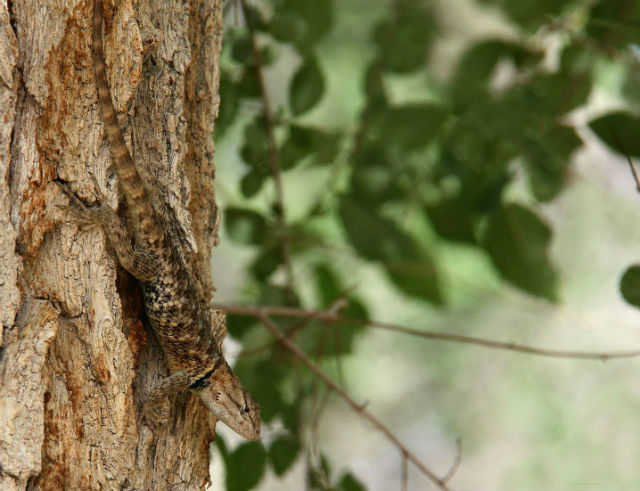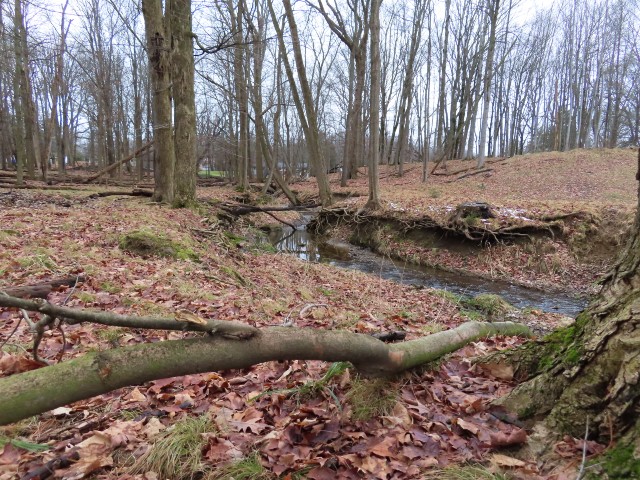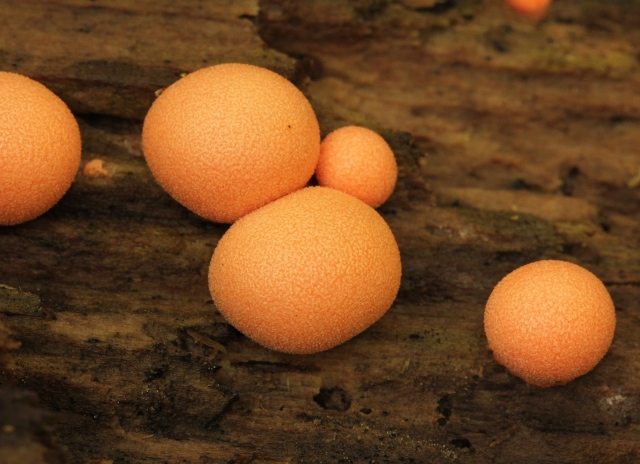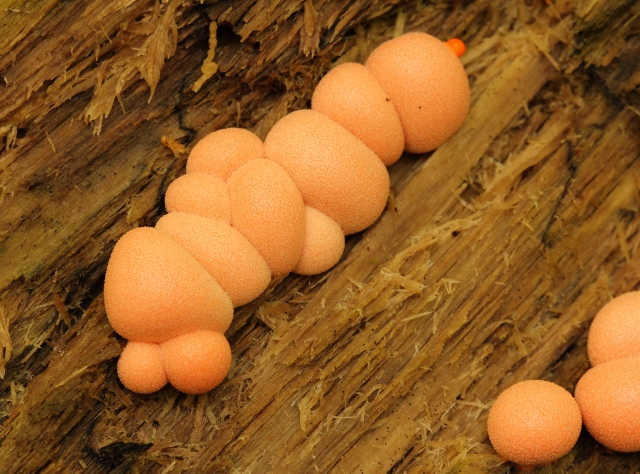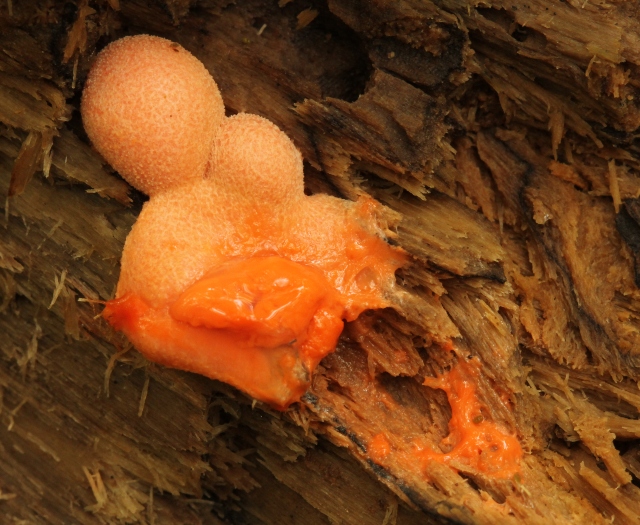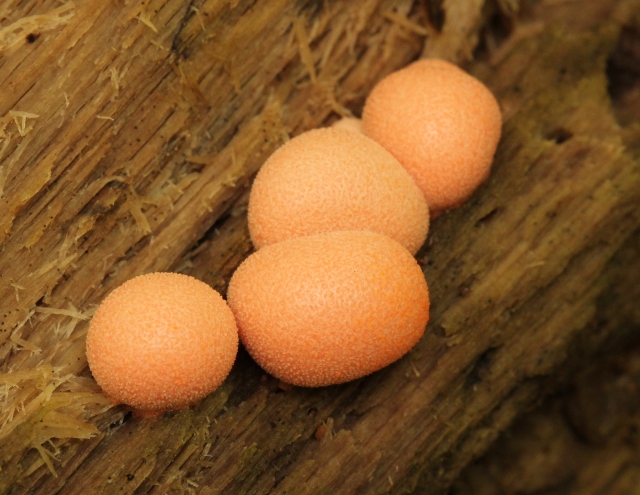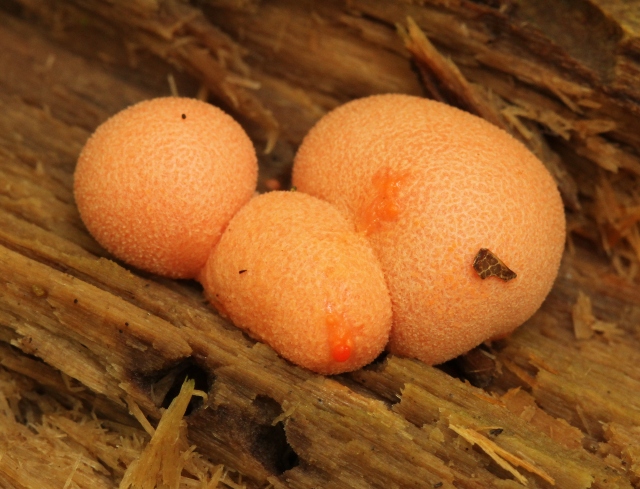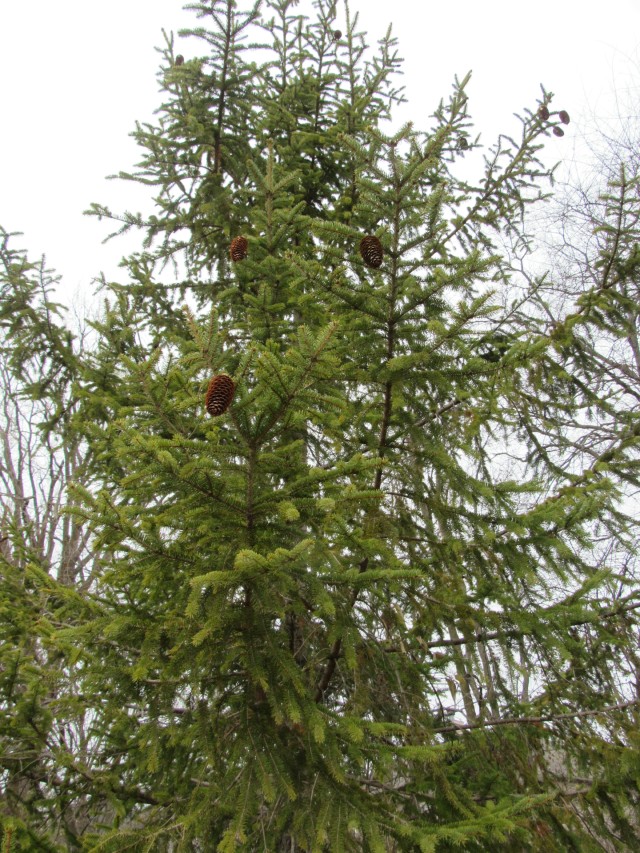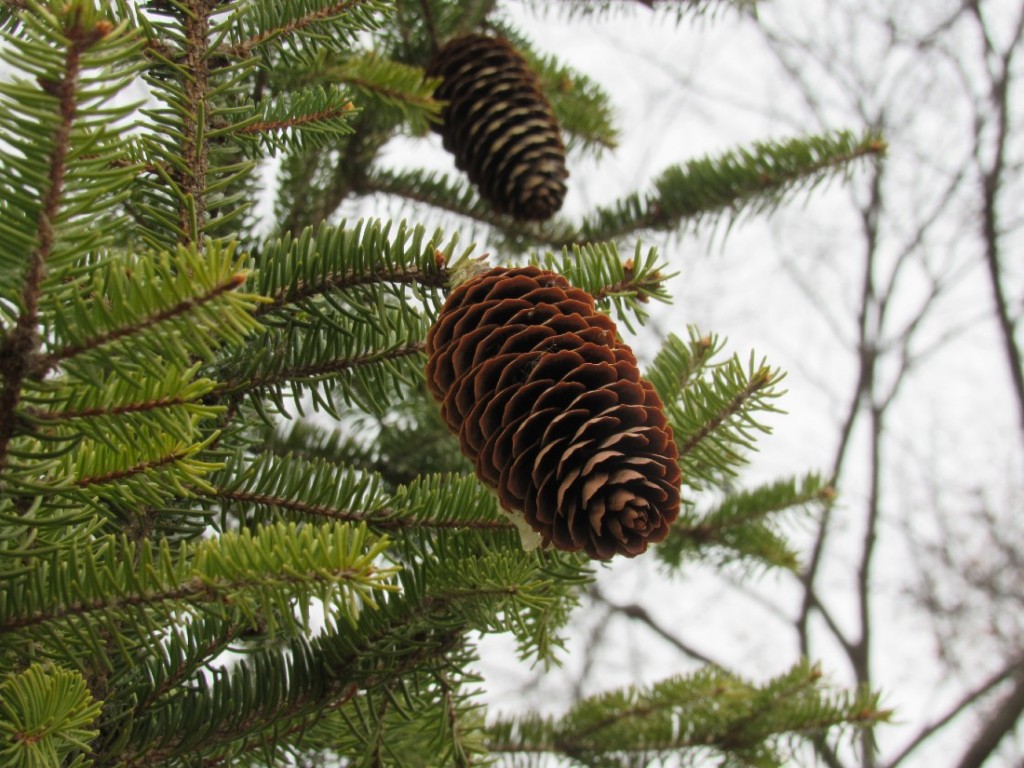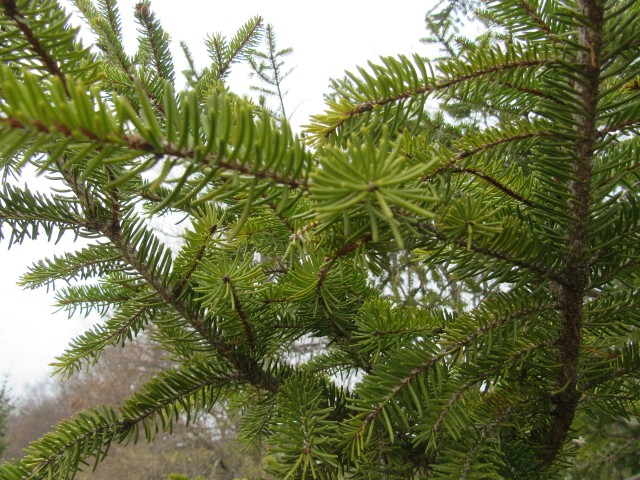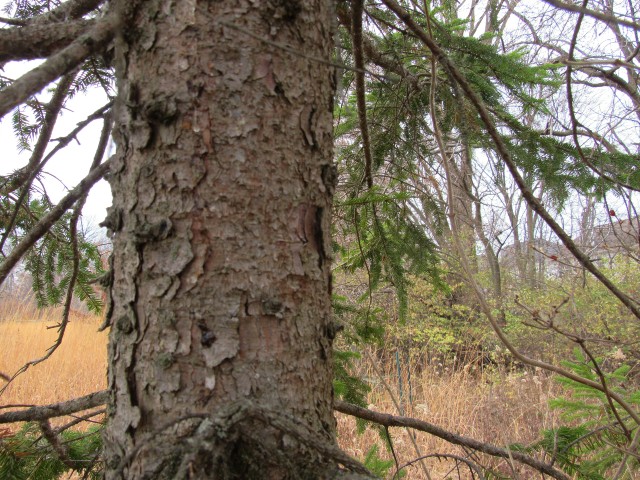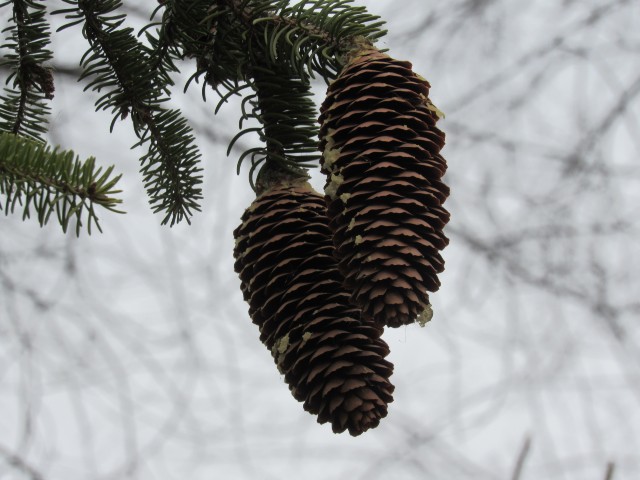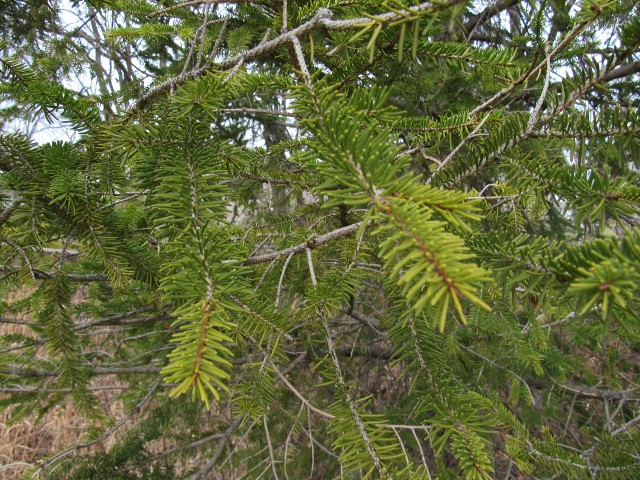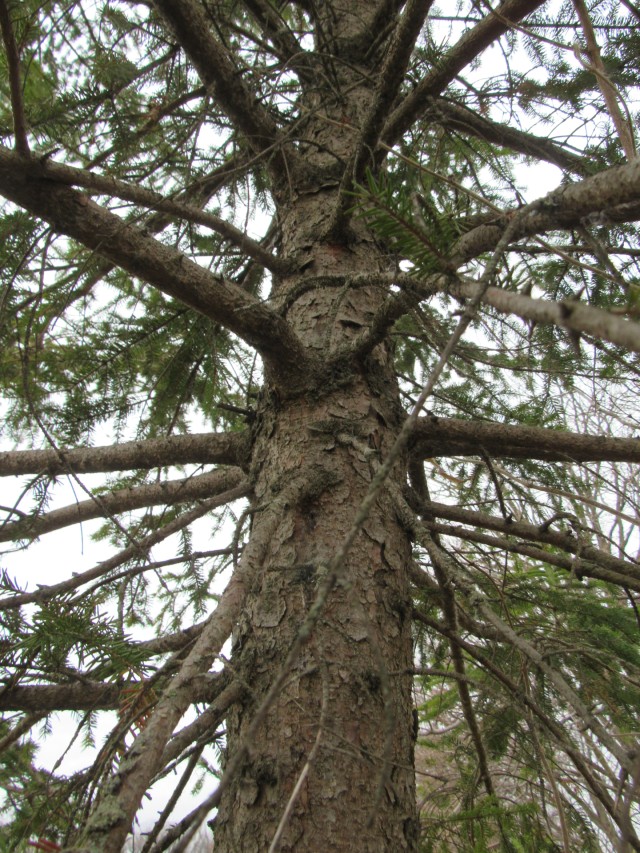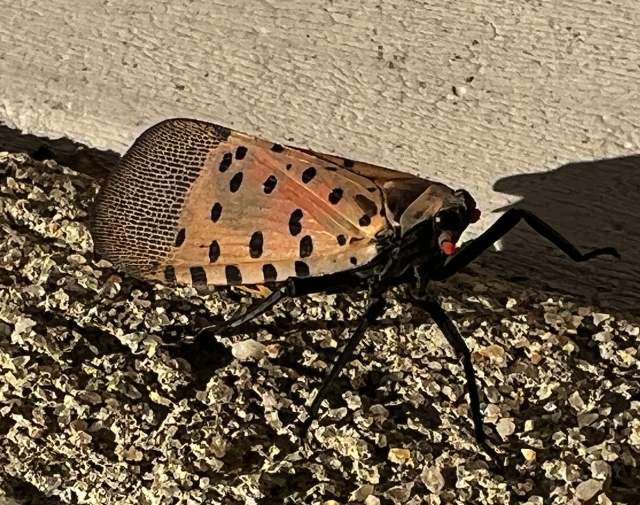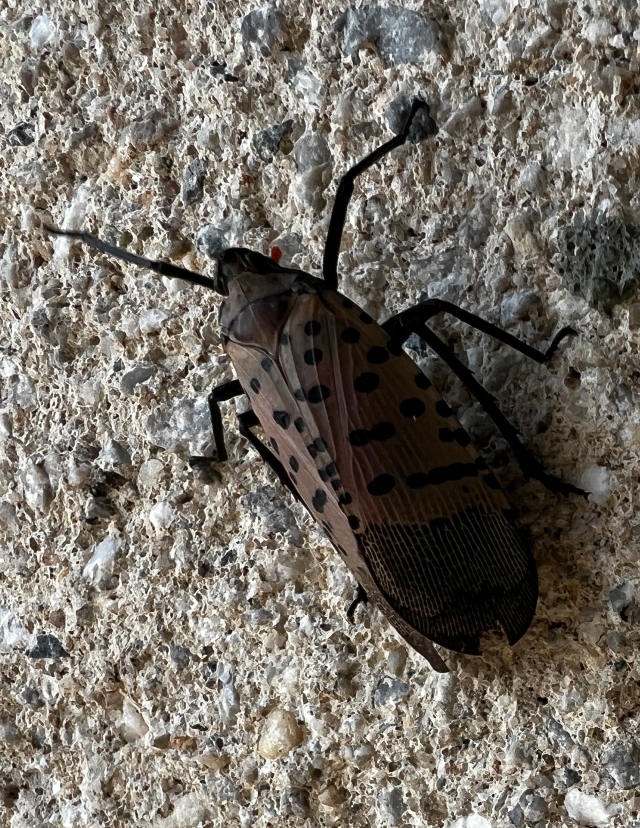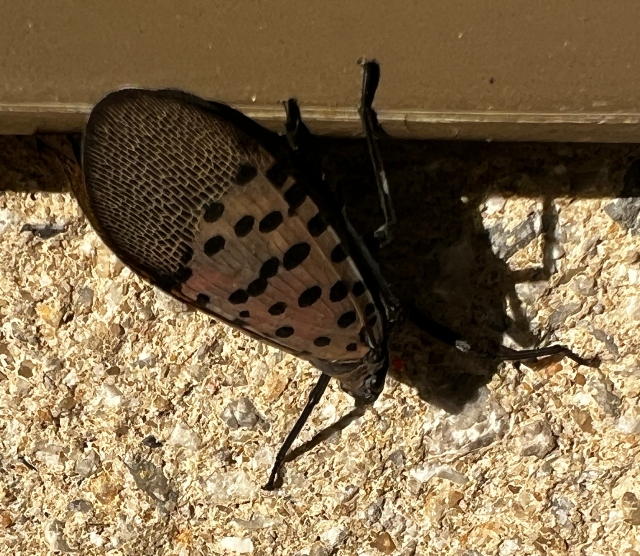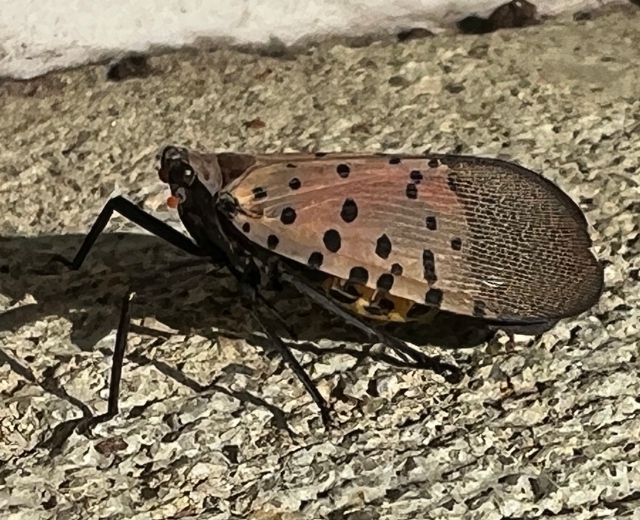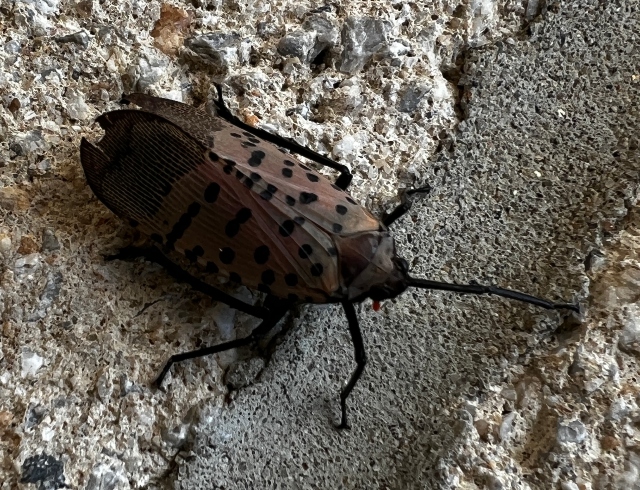I often encounter this fine lizard on Cottonwood Trees that line waterways in the Mojave Desert. In some cases I hear them before I see them, as they run up tree trunks making a surprising amount of noise. They are squirrel-like in how they case each other around tree trunks as well as how to go to the opposite side of the tree trunk as a percieved predator.
Usually, during the morning hours, they will be out basking in the sun on rocks or any hard surface that is in direct sunlight, but like many desert reptiles, they seek shelter, usually underground in burrows or any suitable cover that provides shade, during the hottest part of the day.
These are medium-to-large lizards that can grow up to a foot in total length. True to their name, these robust reptiles have keeled, pointed scales and feel rough.
Adult male Desert Spiny Lizards usually have conspicuous blue/violet patches on the belly and throat, and a green/blue color on their tails and sides. They stake out areas and as part of their territorial displays, can frequently be seen doing push-ups on tree trunks, logs, rocks and even roads.
The Desert Spiny Lizard is widely distributed throughout the Mojave, Sonoran and Colorado deserts, as well as parts of the Great Basin and and Central California Coast, in arid and semiarid environments.
They primarily prey on insects such as ants, beetles, caterpillars, flies and grasshoppers. They also feed on spiders, centipedes, and small lizards, as well as consuming some plant material.
These lizards exhibit metachromatism, meaning they change color depending on the temperature. Desert Spiny Lizard change to darker colors during the Winter to allow them to absorb more heat from the sunshine, and become lighter during the Summer to reflect the sun’s radiation. They also change color with the seasons and for mating.
Although not the largest species of lizard in the Mojave Desert, it is spectacular in its own way and quite a challange to catch.

